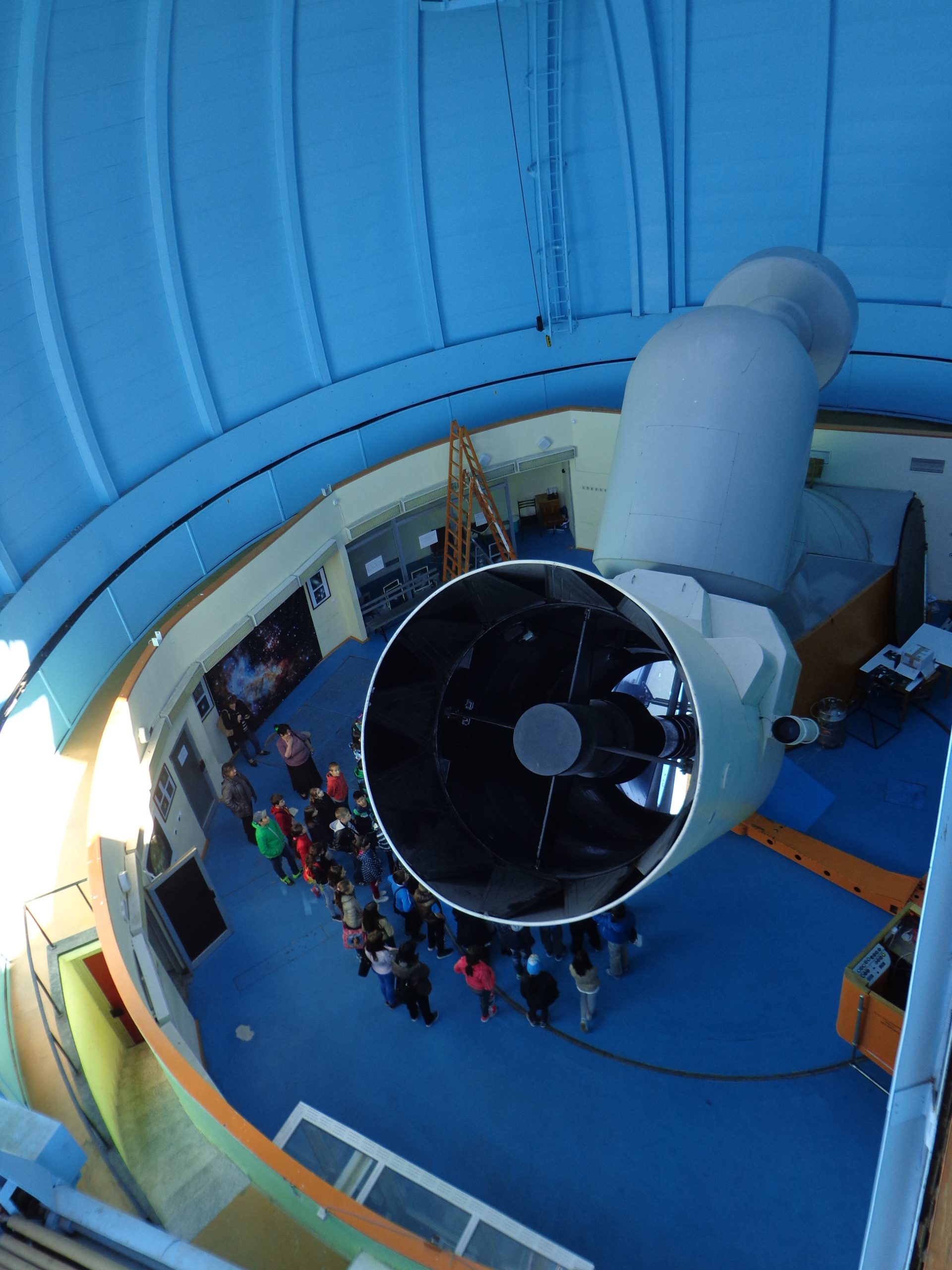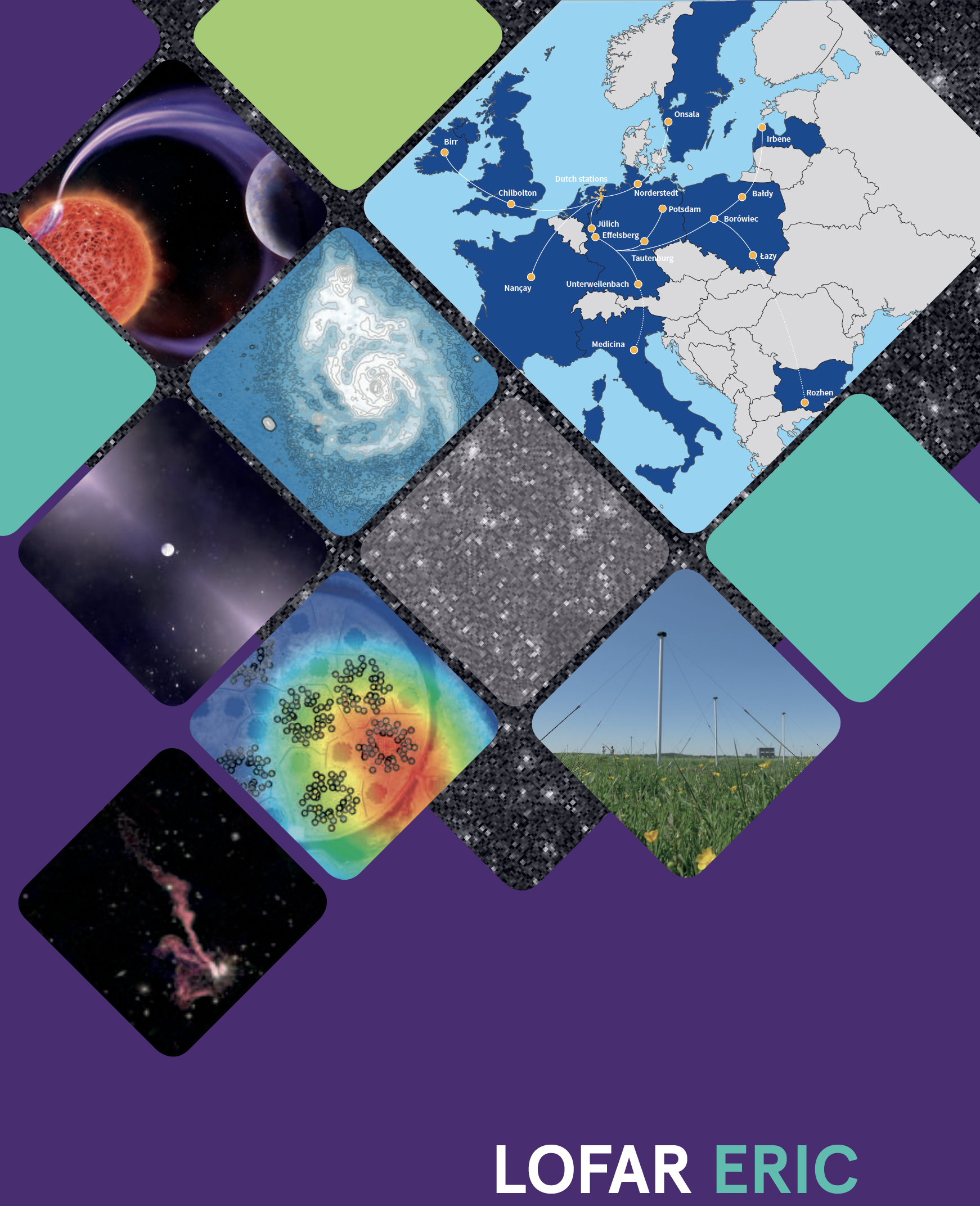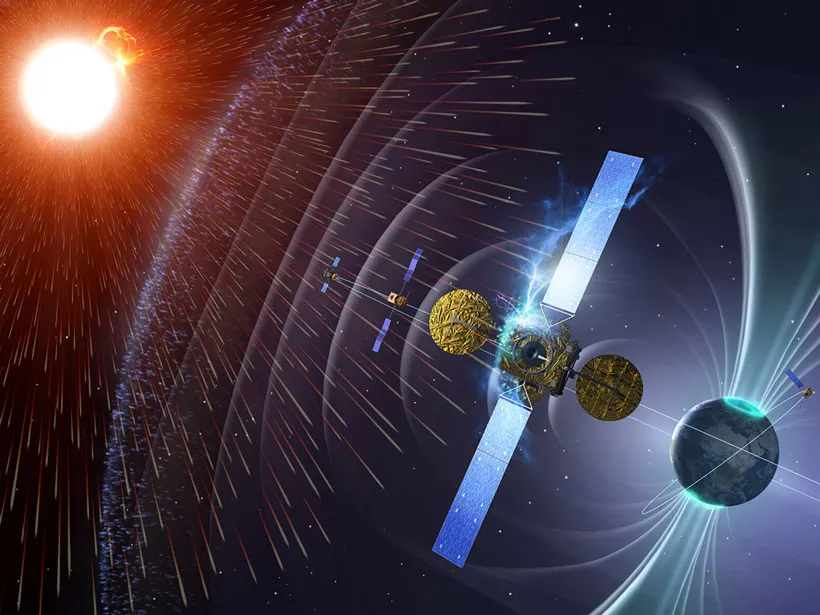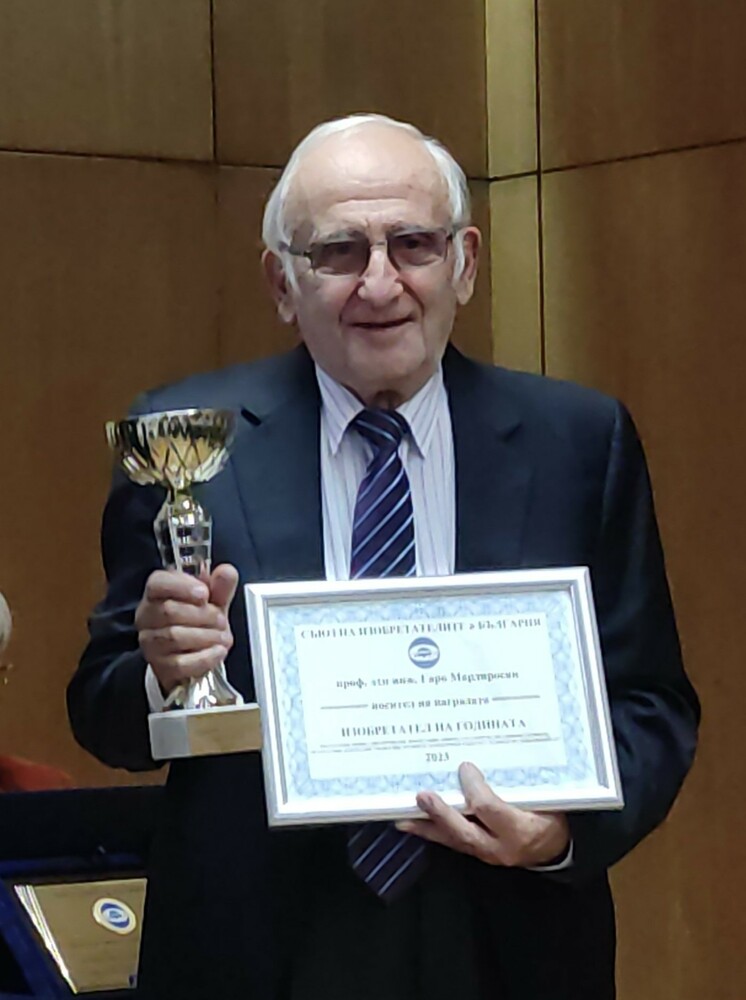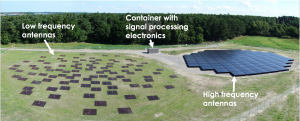
LOFAR station in Onsala, Sweden. The low-band antennas (10-90 MHz) are visible on the left, and the high-band antennas (110-240 MHz) – on the right. Source: ASTRON
A new scientific infrastructure complex, coordinated by the Institute of Astronomy with National Astronomical Observatory (IA with NAO), will be included in the updated National Roadmap for Scientific Infrastructure 2021-2027 (NRSI).
Over the last half century, our knowledge of the universe has been enriched by astronomical observations in the optical, infrared, and ultraviolet regions. But one region of the electromagnetic spectrum remains poorly studied – the low-frequency radio range, indicated the Institute of Astronomy.
The LOFAR project for the first Bulgarian radio astronomy observatory, proposed by a team from the Institute of Astronomy with National Astronomical Observatory at BAS, was approved for inclusion in the renewed Roadmap of Bulgaria in early 2020. This will be the second scientific infrastructure project coordinated by IA with NAO.
The new scientific infrastructure will help Bulgarian scientists explore space objects with unique radio observations. The new project has the acronym LOFAR-BG and envisages, within 10 years, building and developing a Bulgarian observation station of the distributed pan-European radio telescope LOFAR as well as high human scientific potential for conducting specialized astrophysical and geophysical research with the Bulgarian station and the entire LOFAR telescope. In addition, the project will contribute to the development of scientific and engineering potential, to the provision of hardware and software support for the telescope, processing and storage of five-byte volumes of observational data and automated analysis with artificial intelligence. Active cooperation and exchange of know-how with business as well as popularization of radio astronomy research are also envisaged.
The LOFAR-BG station will position Bulgaria at the forefront of radio astronomy observation capabilities in Southeast Europe. The maintenance and enrichment of this unique research infrastructure will help the development of radio engineering and scientific topics in the field of information and communication technologies (ICT) (real-time signal processing, time series analysis and machine learning images, clustering and data storage) and transfer of scientific and technological know-how from the international LOFAR cooperation. An additional goal is to challenge the development of innovative companies in the field of radiocommunications and ICT.
You can find more about the LOFAR-BG project at http://lofar.bg.
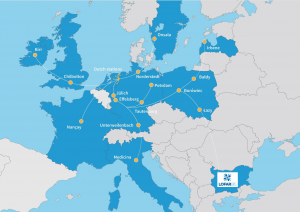
Geographical distribution of LOFAR stations in Europe and the future Bulgarian station. Source: ASTRON, BAS
Description of the LOw-Frequency ARray (LOFAR) radio telescope:
LOFAR is a multifunctional, highly innovative pan-European distributed low-frequency radio telescope (10-250 MHz), developed by the Netherlands Institute for Radio Astronomy (ASTRON) to study the early and distant universe, solar activity and the Earth’s atmosphere. LOFAR consists of a large number of innovative observation stations with phased array antennas throughout the Netherlands and part of Europe, connected by high-speed optical connection. There are no LOFAR stations in Southern and Eastern Europe yet.
The ultramodern LOFAR telescope is unique in its ability to both observe a large part of the sky and be used to study many different phenomena, complementing traditional optical telescopes. Another feature of LOFAR observations is the huge amount of generated data – about 3 Gb/s per station. This is a challenge but also an opportunity to develop new technologies for processing, storing, and analyzing large databases of observations. There are currently a total of 40 LOFAR stations in the Netherlands and another 13 in Europe. Construction of two more new stations has started: in Latvia and in Italy. LOFAR-BG will be the first station in Southeast Europe. In addition, its large distance from the other stations will allow the telescope to significantly increase the angular resolution of observations.
Main astrophysical and geophysical areas of LOFAR’s work:
1) Exploring the epoch of reionization of the universe from the earliest stars; 2) Starry sky studies for new radio sources in the poorly studied low frequency range; 3) Observations of dynamic short-lived sources such as supermassive black holes and fast-spinning neutron stars; 4) Study of the structure of galactic magnetic fields; 5) Tracking of solar eruptions and space time; 6) Diagnosis of the Earth’s ionosphere and magnetosphere; 7) Seismic surveys of the earth layers; 8) Study the dynamics of lightning.


